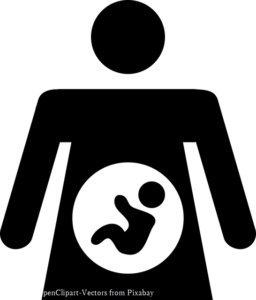 This type of pill does not contain oestrogen and the dose of progestogen is significantly lower than in those used in combined oral contraceptive pills (COC). It is also called the “mini-pill” and is useful for women who do not want pills that contain oestrogen or in situations where the oestrogen is not suitable for medical reasons. They are a highly effective method of birth control when taken correctly.
This type of pill does not contain oestrogen and the dose of progestogen is significantly lower than in those used in combined oral contraceptive pills (COC). It is also called the “mini-pill” and is useful for women who do not want pills that contain oestrogen or in situations where the oestrogen is not suitable for medical reasons. They are a highly effective method of birth control when taken correctly.
Formulation – Available formulations are:
- Norethisterone 350 ug (NET) – (Noriday)
- Levonorgestrel (LNG) 30 μg
- Desogestrel (DSG) 75 μg – (Cerazette)
Levonorgestrel (LNG) and norethisterone (NET) are grouped as “traditional’ POPs”









